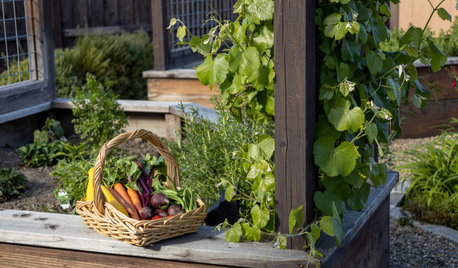Hi,
Wondering if anybody has experimented with the following system:
This will be for mixed veg 5 foot on center beds.
1) Mow cover crop (probably bush hog)
2) Chisel plow soon after
3) Let decompose for around 4 weeks.
4) Run over bed with something like this: http://www.buctraco.com/3%20Online%20Catalog/RowCropCultivators.htm
Trying to avoid violent tillage and wondering if the harrows and roller will create a fine enough seedbed for direct seed crops. My tractor can only handle two chisel shanks, but I think that should be sufficient for the bed size (around 46 inches).
Thanks!







myfamilysfarm
cole_robbie
Related Professionals
Citrus Heights Landscape Architects & Landscape Designers · Ashburn Landscape Architects & Landscape Designers · La Marque Landscape Architects & Landscape Designers · Amesbury Landscape Contractors · Burlington Landscape Contractors · Fort Myers Landscape Contractors · Kaysville Landscape Contractors · Lakeville Landscape Contractors · Lantana Landscape Contractors · Palos Hills Landscape Contractors · Attleboro Solar Energy Systems · Elizabeth Solar Energy Systems · Lakeville Solar Energy Systems · Muscatine Solar Energy Systems · Waltham Solar Energy SystemsMark
myfamilysfarm
prometheusgardenOriginal Author
myfamilysfarm